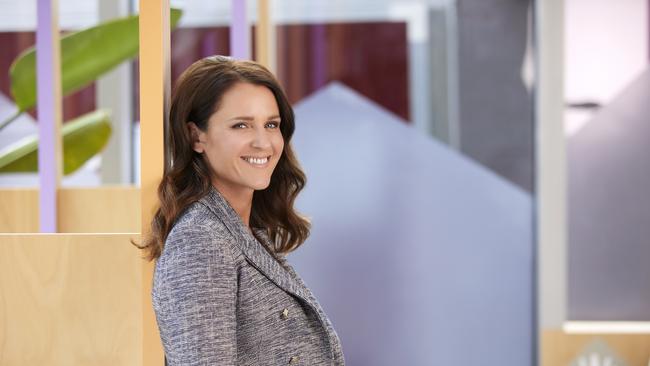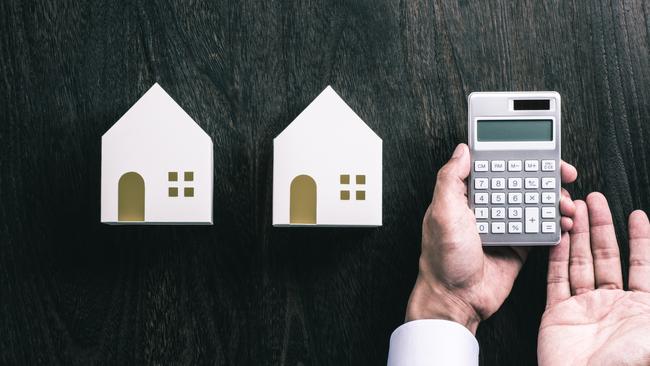How your city’s property prices have fared — and where to next
Real estate investors often look beyond their state’s borders for bigger profits and the lower potential land tax bills. But the latest numbers make choosing a place to invest harder than usual.
Real estate investors trying to pick the next place for growth face some tough choices, and the days of house prices doubling every decade look long gone.
The latest CoreLogic home value index shows only three capital cities grew in the past three months — and two of them are the so-called struggling markets of Sydney and Melbourne.
Meanwhile, a MoneysaverHQ analysis of the data over five years shows a huge variance in home price movement and some big swings.
Since 2014 Sydney and Melbourne have boomed, gone into reverse, and are now climbing again.
Darwin and Perth dropped the whole time — down 24 per cent and 15 per cent respectively while Hobart home prices leapfrogged Adelaide, Perth, and Darwin, and are now approaching Brisbane.

Property investor, author and university lecturer Peter Koulizos said investors should no longer expect prices to double every seven to 10 years.
Mr Koulizos said in the past century home prices had climbed about 2 per cent above inflation each year.
“You can’t expect property prices to skyrocket when other goods and services in the economy are only increasing one or two per cent,” he said.
Realestate.com.au chief economist Nerida Conisbee said property prices were driven by population growth and employment over the long term, which suggested Sydney, Melbourne and Brisbane were likely to do best in the next few years.
However, structural changes to state economies could also affect housing, she said.
“Hobart is a good example — it was previously a government and agricultural economy and went to being a tourism and education economy,” she said.
Ms Conisbee said investors should work out if they wanted capital growth or rental income yield.
“Sydney and Melbourne do tend to do better for capital growth longer term but pay terrible yields,” she said.

“Property does do better if you hold for five years-plus. Buy something you would feel comfortable living in yourself. People who came unstuck in the last couple of years have bought apartments that aren’t great quality and they themselves wouldn’t be prepared to live in.”
Mr Koulizos said his strategy of picking the next growth cities started with eliminating those that had already boomed — Sydney, Melbourne and Hobart — then crossing off those still struggling from the resources boom fallout — Perth and Darwin.
“I reckon it’s as easy as ABC — Adelaide, Brisbane and Canberra,” he said.
“Look at what’s happening globally, then look at the picture nationally, then drill down locally — maybe regional areas too where they’re building a new hospital or university campus.
“Because you are spending hundreds of thousands of dollars it’s worth taking the time to do your research.”
MEDIAN HOME VALUES SINCE 2014
• Sydney up 22 per cent to $790,072
• Melbourne up 20 per cent to $626,703
• Brisbane up 9 per cent to $485,493
• Adelaide up 10 per cent to $428,203
• Perth down 15 per cent to $437,558
• Hobart up 50 per cent to $465,535
• Darwin downn 24 per cent to $388,232
• Canberra up 16 per cent to $592,870
Source: CoreLogic
Originally published as How your city’s property prices have fared — and where to next
